Exploring GERD Treatment Options: From Lifestyle Changes to Surgery
Gastroesophageal reflux disease (GERD) is a chronic digestive system disorder that affects the esophagus. If you have GERD, your stomach acid and contents consistently flow back through your esophagus. GERD symptoms may include sharp or burning chest pain (heartburn), chest tightness, nighttime pain, regurgitation of stomach fluids, nausea, sour or bitter taste in the mouth, difficulty swallowing, hoarseness, sore throat, coughing, and wheezing.
Gastroesophageal reflux disease (GERD) is usually a persistent issue when not treated. While some individuals may find relief from symptoms within a few days of treatment, for many patients, it can take several weeks before symptoms start to improve or disappear. Treatment often needs to be continued for an extended period. For individuals experiencing severe and challenging-to-control symptoms of gastroesophageal reflux disease (GERD), surgery can be a viable solution.
Understanding When Surgery Becomes an Option for GERD
Lifestyle Changes and Medications: Exploring Non-Surgical Management of GERD
A healthcare professional is likely to recommend trying lifestyle changes and nonprescription medicines as a first line of treatment. If you don't experience relief within a few weeks, prescription medicine and additional testing may be recommended.
Lifestyle changes may help you reduce acid reflux:
- Raise the head of your bed and lie on your left side.
- Avoid foods that relax the esophageal sphincter.
- Limit acidic foods.
- Avoid carbonated beverages, large meals, lying down after eating, and eating close to bedtime.
- Quit smoking, avoid alcohol, lose weight if obese, and wear loose-fitting clothing.
- Use lozenges or gum to increase saliva production.
Medicines for GERD
- Antacids: Mylanta, Rolaids, and Tums provide quick relief but do not heal an inflamed esophagus.
- Acid production reducers: Histamine (H-2) blockers (cimetidine, famotidine, nizatidine) decrease acid production for up to 12 hours.
- Acid production blockers: Proton pump inhibitors (lansoprazole, omeprazole, esomeprazole) are more potent acid blockers that allow time for the esophagus to heal.
- Motility drugs: Help the stomach to empty faster and decrease esophageal reflux.
- Mucosal protectors: Sucralfate coats and protects the irritated esophageal lining.
Persistent Symptoms and Complications: When GERD Warrants Surgical Intervention
For individuals experiencing severe and challenging-to-control symptoms of gastroesophageal reflux disease (GERD), surgery can be a viable solution. It is also an option for those facing complications such as asthma, pneumonia, or esophageal scar tissue. Additionally, individuals who prefer to avoid long-term medication use may opt for surgery as an alternative.
Surgery for GERD is typically a last resort after lifestyle changes and medications have been ineffective. Consider surgery if you have severe and persistent heartburn that doesn't respond to medication or if you experience complications from GERD, such as esophagitis, ulcers, or strictures. Surgery may also be an option for individuals who cannot tolerate medications like PPIs due to side effects.
Types of GERD Surgery: Finding the Right Approach
Choosing the correct type of GERD surgery depends on several factors, including your condition's severity, anatomy, and overall health. It's important to discuss the risks and benefits of each procedure with your doctor to determine the best course of treatment for you.
- Laparoscopic Nissen Fundoplication: In this procedure, the surgeon wraps the top of the stomach around the lower esophageal sphincter to tighten the muscle and prevent reflux.
- LINX Device: This involves a ring of tiny magnetic beads wrapped around the junction of the stomach and esophagus. The magnetic attraction between the beads is strong enough to keep the junction closed to refluxing acid but weak enough to allow food to pass through. It acts like a one-way valve, allowing food and liquids to pass into the stomach while preventing stomach acid from flowing back into the esophagus. The LINX device can be implanted using minimally invasive surgery.
- Transoral Incisionless Fundoplication (TIF): This new procedure involves tightening the lower esophageal sphincter by creating a partial wrap around the lower esophagus using polypropylene fasteners. TIF is performed through the mouth using an endoscope and requires no surgical incision. Its advantages include quick recovery time and high tolerance. Note: TIF alone is not an option if you have a large hiatal hernia. However, combining it with laparoscopic hiatal hernia repair may be possible.
Other endoscopy treatments involve tightening the lower esophageal sphincter using stitching (plication) and radiofrequency heating (the Stretta procedure). The long-term success of these newer procedures is still being determined.
Because obesity can be a risk factor for GERD, a healthcare professional could suggest weight-loss surgery as an option for treatment. Talk with your healthcare team to determine if you're a candidate for this type of surgery.
Laparoscopic Nissen Fundoplication: The Most Common GERD Surgical procedure
In a Nissen fundoplication procedure, excess stomach tissue is folded around the esophagus and sewn in place. This holds extra pressure around the weakened esophageal sphincter. This surgery can be done using a minimally invasive laparoscopic procedure. The wrapping of the top part of the stomach can be either partial or complete, known as Nissen fundoplication. The Toupet fundoplication is the most common partial procedure. Your surgeon will recommend the best type for you.
This procedure relieves symptoms about as much as prescription acid-blocking medicines. The success rates of surgery might be lower for people whose symptoms are not relieved by anti-acid medicines.
Before Nissen fundoplication surgery, your surgeon may order tests to examine your stomach and esophagus. These tests include GI X-rays, esophageal manometry, upper endoscopy, and a pH probe to assess any narrowing in your esophagus and to look for a hiatal hernia, which can worsen GERD symptoms.
Considering the Risks and Benefits: Weighing the Options with Your Doctor
Benefits:
- The majority of people experience an improvement in acid reflux symptoms after undergoing a Nissen fundoplication.
- Relief from GERD makes you more comfortable and lowers the risk of developing Barrett’s esophagus, which is linked to esophageal cancer.
- Those with laparoscopic Nissen fundoplication experience faster recovery, less pain, and a shorter hospital stay.
Risks:
- The main risk of Nissen fundoplication surgery is that symptom relief may not be long-lasting, and some patients may need another surgery after two to three years.
- Like all surgeries, Nissen fundoplication risks infection at the incision site.
- Potential side effects include swallowing difficulty, diarrhea, and the inability to belch or vomit to relieve bloating or nausea.
The Recovery Process: Understanding What to Expect After Surgery
Most people can go home the same day or the next day after surgery.
- After a Nissen fundoplication, you may need a temporary nasogastric (NG) tube and feel a temporary sore throat.
- You will likely need to follow a liquid diet for a few days and a soft diet for a few weeks.
- Recovery time varies. Patients can usually return to their daily activities within a few days. Children may return to school within a few days but should avoid strenuous activity for at least three weeks.
- It is important to avoid lifting heavy objects for several weeks after surgery.
- If acid reflux symptoms return after surgery or you experience swelling, bleeding, fever, or flushed or hot skin around the incision, you must consult your healthcare provider.
Long-Term Management: Maintaining a Healthy Lifestyle for Lasting Relief
Following surgery, some people have a lasting bothersome side effect. However, most people who undergo surgery notice a significant decrease in acid reflux symptoms after the surgery.
Following GERD surgery, it's crucial to maintain a healthy lifestyle for lasting relief. This includes eating smaller, more frequent meals, chewing thoroughly, avoiding trigger foods, maintaining a healthy weight, elevating your head while sleeping, avoiding lying down after meals, and quitting smoking. Also, managing stress and staying hydrated is crucial.
These changes can significantly improve long-term results and prevent future issues.
Conclusion
GERD surgery might offer lasting relief. The most common type of surgery for GERD is laparoscopic Nissen fundoplication. This tightens the LES and helps prevent stomach acid from refluxing into the esophagus. Laparoscopic Nissen fundoplication is a minimally invasive surgery usually performed in an outpatient manner. Recovery is typically quick. Most people who get a Nissen fundoplication experience a decrease in GERD symptoms.
If you are considering surgery for GERD, it is essential to talk to your doctor about the risks and benefits of the procedure. Surgery is not suitable for everyone, and there are potential complications, such as difficulty swallowing, bloating, and gas.
- Barrett’s esophagus: When chronic acid reflux causes permanent changes. Cleveland Clinic. (2024, March 18).
- Castelijns, P. S. S., Ponten, J. E. H., Vd Poll, M. C. G., Bouvy, N. D., & Smulders, J. F. (2018). Quality of life after Nissen fundoplication in patients with gastroesophageal reflux disease: Comparison between long- and short-term follow-up. Journal of minimal access surgery, 14(3), 213–220.
- Esophageal cancer: Symptoms, causes & treatment. Cleveland Clinic. (2022, June 9).
- Esophagus reconstruction (Stretta procedure). Stanford Health Care. (2018, March 13). https://stanfordhealthcare.org/medical-treatments/e/esophagus-reconstruction.html
- LeWine, H. E. (2023b, February 2). Gastroesophageal reflux disease (GERD). Harvard Health.
- Seeras, K., Bittar, K., & Siccardi, M. A. (2023, July 17). Nissen fundoplication. In StatPearls. StatPearls Publishing. Retrieved August 1, 2024.


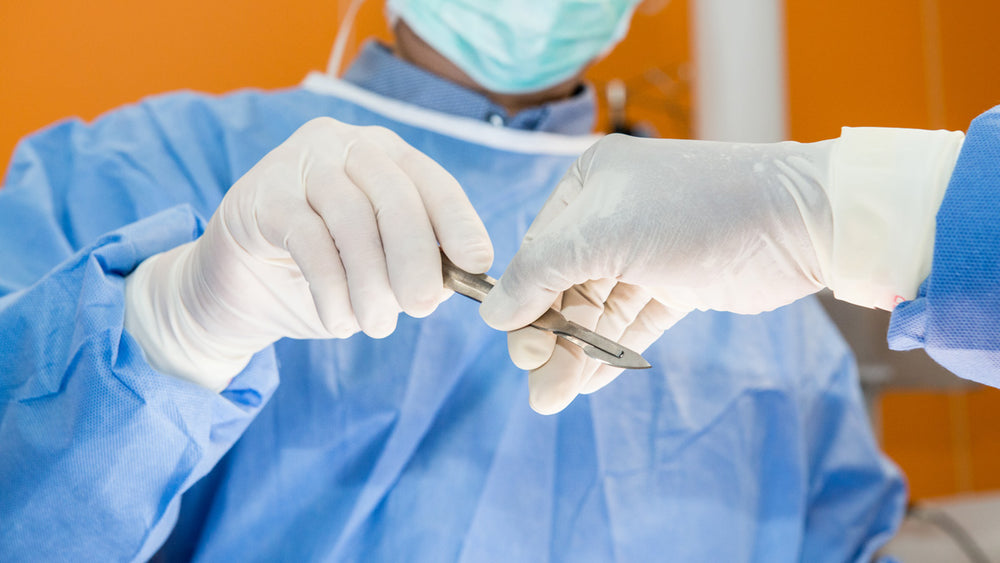
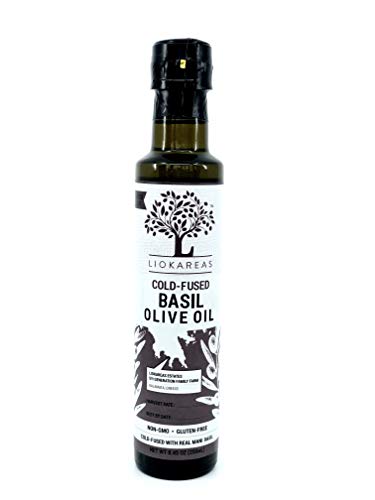

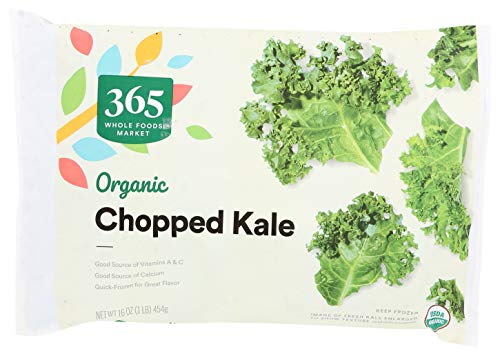
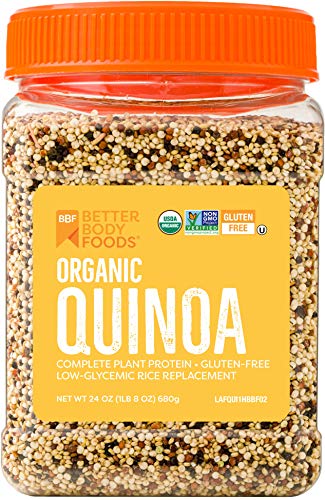







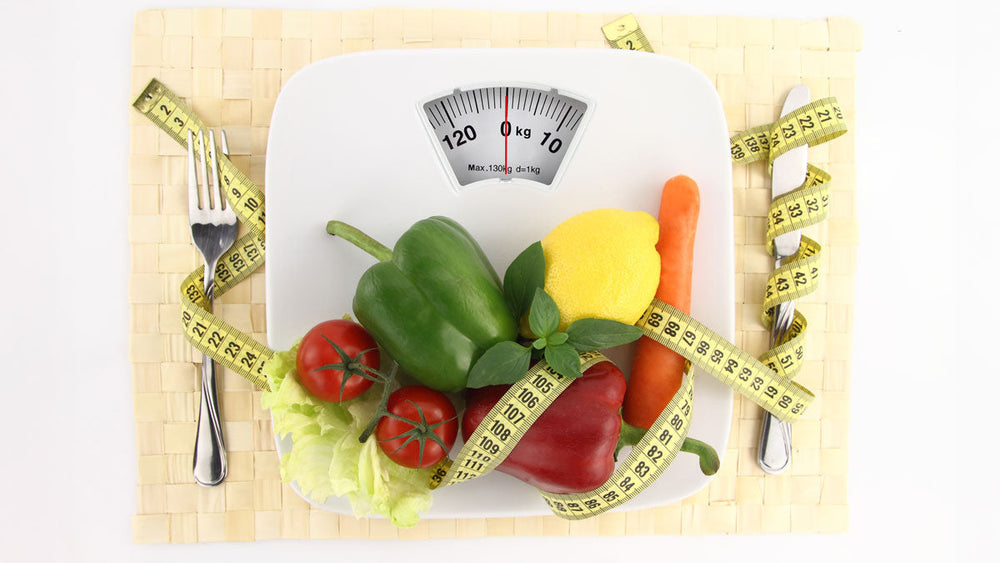







Comments
Join The Conversation...